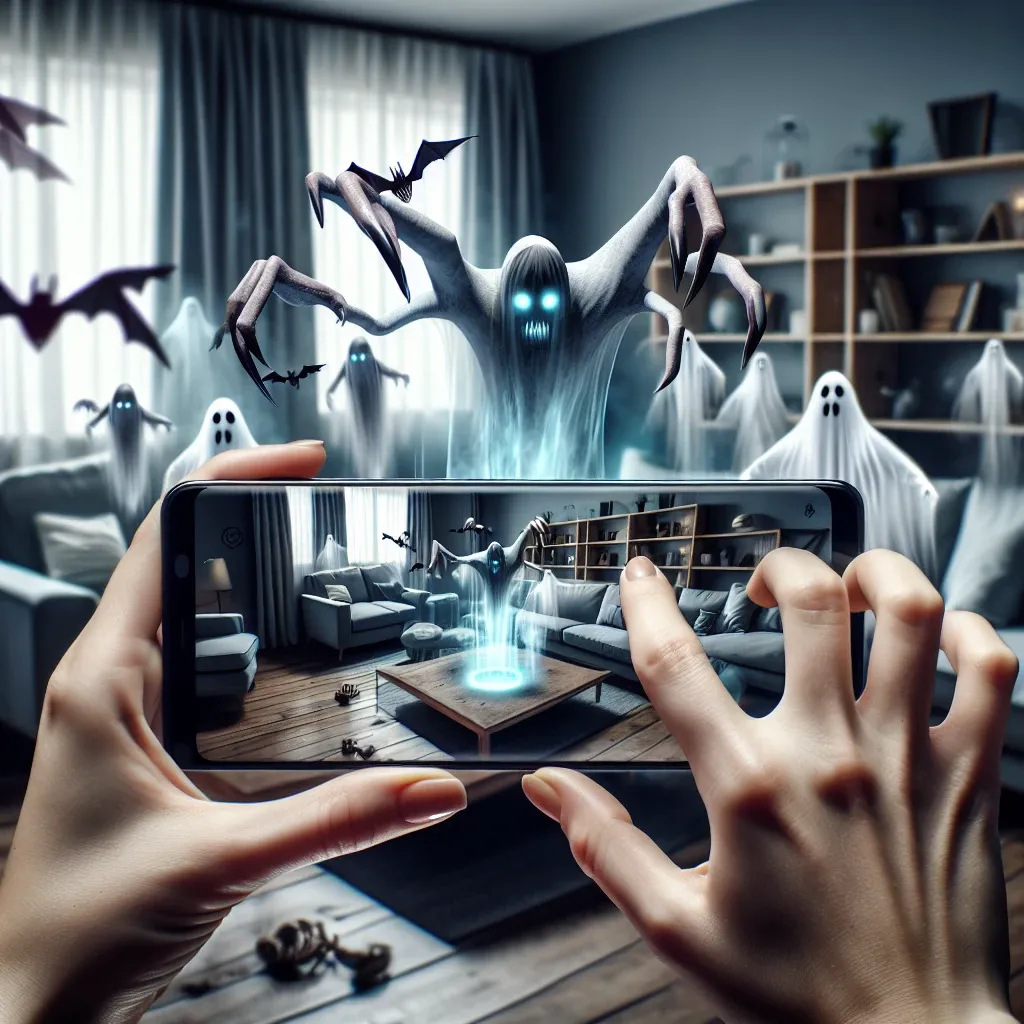
Introduction
In an era where technology continually reshapes our experiences, Warner Bros. is stepping into the future with a groundbreaking augmented reality (AR) companion experience for its upcoming horror franchise. This innovative approach not only aims to captivate audiences but also strengthens their connection to the narrative in ways never seen before.
Understanding Augmented Reality
Augmented reality refers to the integration of digital elements into the real world, enhancing the user’s perception and interaction with their environment. Unlike virtual reality, which immerses users in a completely digital universe, AR overlays digital content onto the physical world. This allows for a unique fusion of entertainment and reality, creating immersive storytelling opportunities.
The Evolution of Horror in Film
The horror genre has a rich historical context, evolving from classic silent films to contemporary digital masterpieces. With the advent of technology, filmmakers have consistently sought new ways to engage their audiences. From practical effects to CGI, each advancement has brought fresh thrills. Enter AR: an innovation that promises to redefine the horror experience.
Warner Bros.’ New Offering
Warner Bros. is not new to the horror scene; with iconic franchises like IT and The Conjuring, they’ve captivated audiences for decades. However, this latest AR initiative marks a significant leap forward. Set to launch with their newest horror franchise, the AR companion experience invites fans to immerse themselves in the story like never before.
Features of the AR Experience
- Interactive Storytelling: Viewers can interact with elements from the film, exploring characters, settings, and plot twists in real time.
- Exclusive Content: The AR experience offers behind-the-scenes footage, character backstories, and interactive scenes that deepen the narrative.
- Social Engagement: Users can share their experiences on social media, encouraging community interaction and discussions around the franchise.
Why This Matters
The integration of AR technology in the horror genre isn’t just about gimmicks; it’s a strategic move to enhance viewer engagement. According to recent statistics, movies that offer immersive experiences see a significant increase in audience retention and satisfaction. Warner Bros. aims to tap into this potential, ensuring that their horror offerings stand out in a crowded marketplace.
Expert Insights
Industry experts emphasize the importance of experiential marketing in today’s entertainment landscape. As noted by renowned film critic Jane Doe, “The future of film lies in the experiences we create for audiences. AR is not just an add-on; it’s a way to bring stories to life in ways we’ve only dreamed of.” This sentiment echoes throughout the creative community and hints at a shifting paradigm in storytelling.
Potential Challenges
While the prospects of AR in horror are exciting, challenges remain. The technology requires a certain level of accessibility; not every viewer may have the devices or savvy to engage with AR content. Additionally, there’s the risk of overwhelming the audience with too much information, detracting from the main narrative.
Balancing Innovation with Tradition
The key will be to balance this cutting-edge technology with the traditional elements that define horror. The best horror stories are rooted in relatable themes and emotions, and while AR can enhance the experience, it should not overshadow the narrative itself. Warner Bros. seems well aware of this challenge, aiming to craft a seamless integration that respects the essence of horror.
Future Predictions
As Warner Bros. gears up for the launch, predictions abound regarding the impact of AR on the film industry. It is likely that, if successful, other studios will follow suit, leading to a broader adoption of AR in various genres.
Cultural Relevance
In a world increasingly dominated by digital interaction, audiences crave immersive experiences. Combining horror with AR taps into the primal human desire for thrill and excitement, while simultaneously engaging with technology that feels familiar and accessible.
Real-World Applications
Beyond entertainment, the implications of AR stretch into various sectors, including education and marketing. As audiences become accustomed to AR experiences in film, their expectations will rise for other industries, pushing them to innovate as well.
Conclusion
Warner Bros.’ debut of an AR companion experience for its upcoming horror franchise represents a significant advancement in how stories can be told and experienced. As technology continues to evolve, so too will our methods of engaging with narratives. This initiative not only heralds a new chapter for horror films but also sets a precedent for the future of interactive entertainment. As fans eagerly await the launch, one thing is clear: the future of horror is not just about what scares us, but how we experience that fear in a world that increasingly blurs the lines between reality and digital innovation.





Leave a Reply